Cardamom is a highly aromatic spice derived from the seeds of plants in the ginger family (Zingiberaceae), known for its complex flavor profile combining citrus, floral, and warm spice notes. Often called the "Queen of Spices," it's versatile in both sweet and savory dishes across global cuisines.
Table of Contents
- Introduction to Cardamom Spice Flavor
- What is Cardamom?
- Decoding the Flavor Profile of Cardamom
- Top 5 Culinary Uses of Cardamom Spice Flavor
- How to Pair Cardamom with Other Flavors
- Buying Guide: Choosing the Best Cardamom Spice Flavor
- Storage Tips to Preserve Cardamom's Aroma
- Frequently Asked Questions
- Conclusion
Introduction to Cardamom Spice Flavor
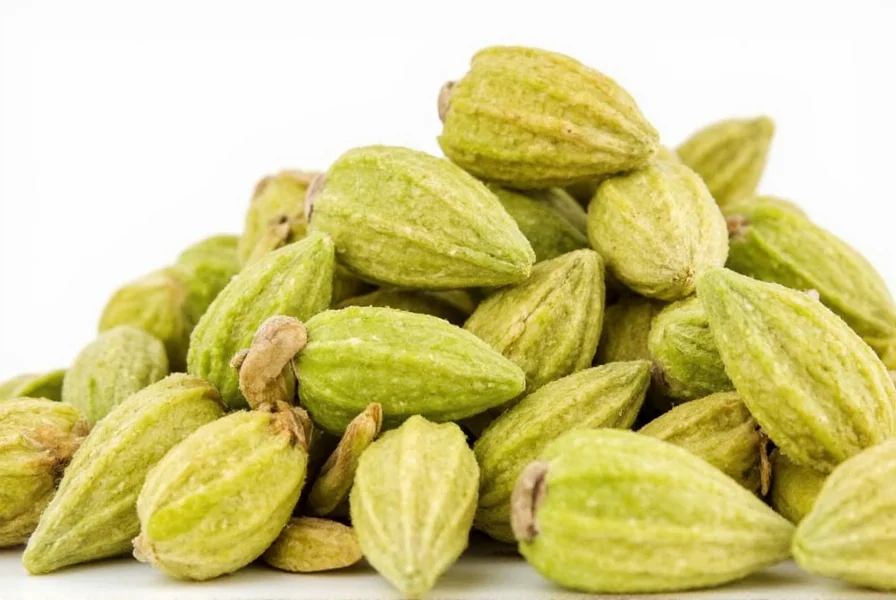
Cardamom has been cherished for centuries from India's bustling spice bazaars to Scandinavian kitchens where it sneaks into festive breads. Known as the "Queen of Spices," its flavor is complex yet elegant — bold enough to stand out, yet subtle enough to blend harmoniously.
What is Cardamom?
Cardamom comes from the seed pods of plants in the ginger family (Zingiberaceae). There are two main types:
| Type | Flavor | Best For |
|---|---|---|
| Green Cardamom | Sweet, floral, citrusy | Desserts, coffee, chai, rice dishes |
| Black Cardamom | Earthy, smoky | Curries, stews, meat dishes |
Decoding the Flavor Profile of Cardamom
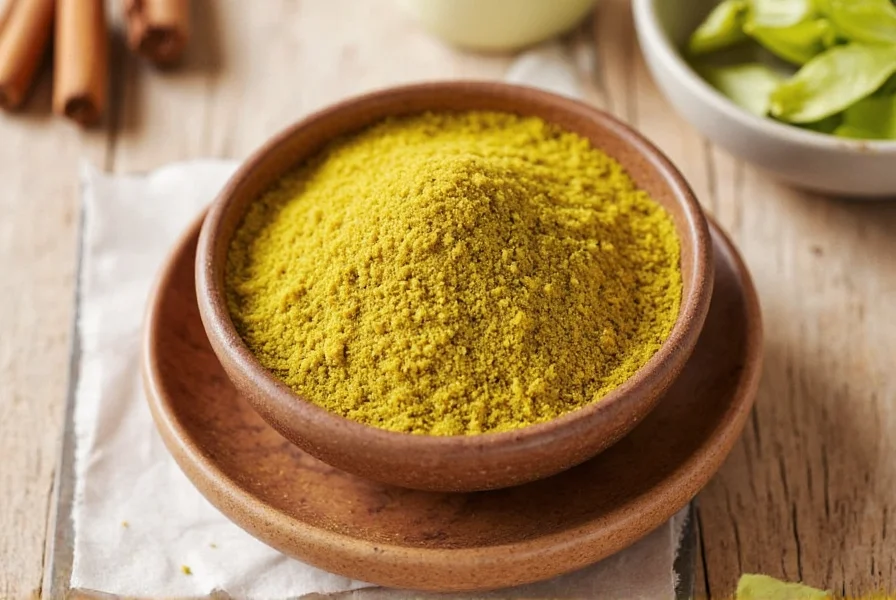
So what makes cardamom so irresistibly aromatic? Let's break down its flavor profile:
- Citrus Notes: Due to high levels of terpinol in its essential oil.
- Spicy Warmth: Think cinnamon meets pepper, thanks to compounds like cineole.
- Floral Undertones: Often described as "fragrant sweetness."
- Fragrance Factor: One of the most aromatic spices; even a little goes a long way.
Top 5 Culinary Uses of Cardamom Spice Flavor
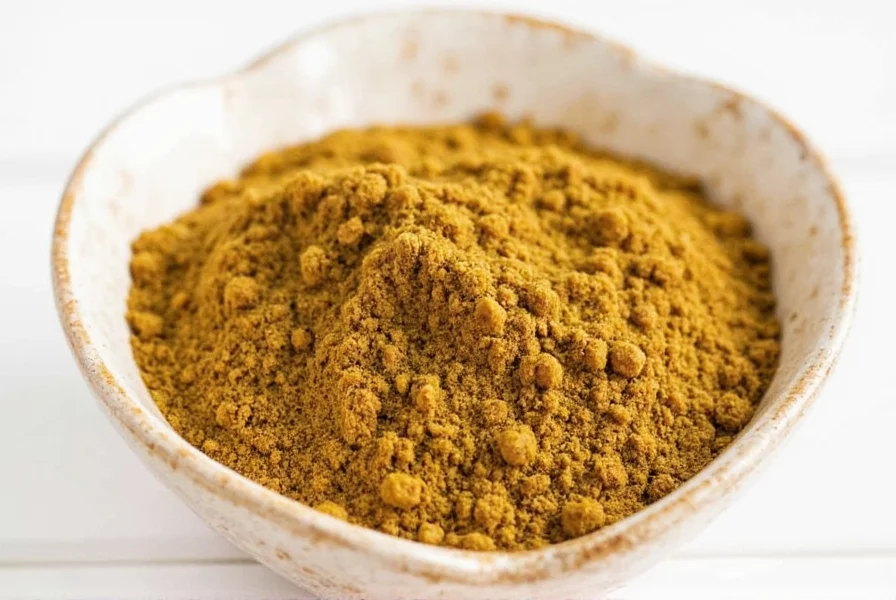
- In Chai: Crushed cardamom pods add a warm, spiced kick to Indian tea blends.
- In Desserts: From Swedish bullar rolls to Indian kheer, it pairs beautifully with sugar and dairy.
- With Coffee: In the Middle East, cardamom is often added to brewed coffee for an exotic twist.
- In Rice Dishes: Adds complexity to biryanis and pilafs without overpowering the dish.
- Meat Marinades: Especially effective in slow-cooked lamb or goat curries.
How to Pair Cardamom with Other Flavors
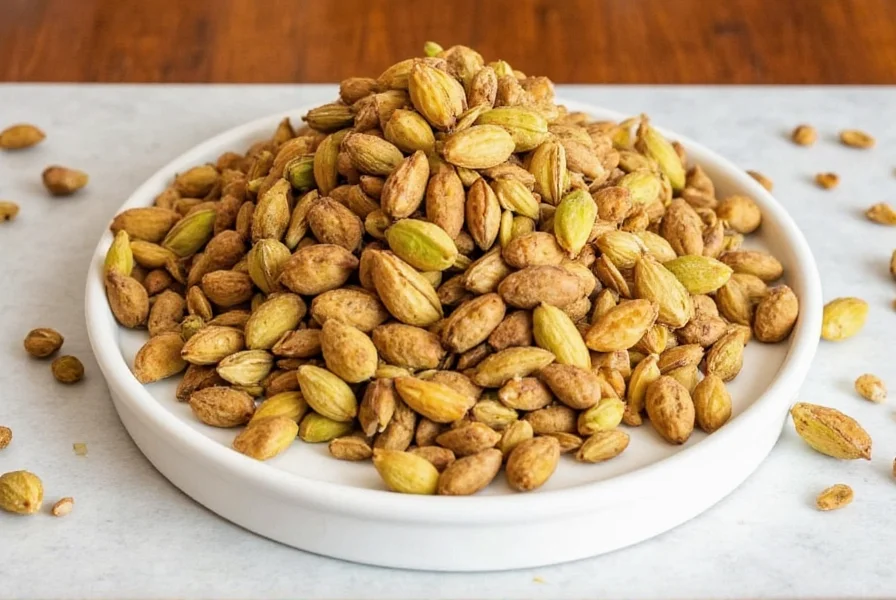
Want to maximize the magic of cardamom? Here are some pro pairing tips:
- Cinnamon: Creates a classic, warming base.
- Vanilla: Enhances the sweet, creamy notes.
- Nutmeg: Deepens the earthiness without overpowering.
- Orange Zest: Amplifies the citrus undertones.
- Cloves: Boosts the spicy warmth for winter recipes.
Buying Guide: Choosing the Best Cardamom Spice Flavor
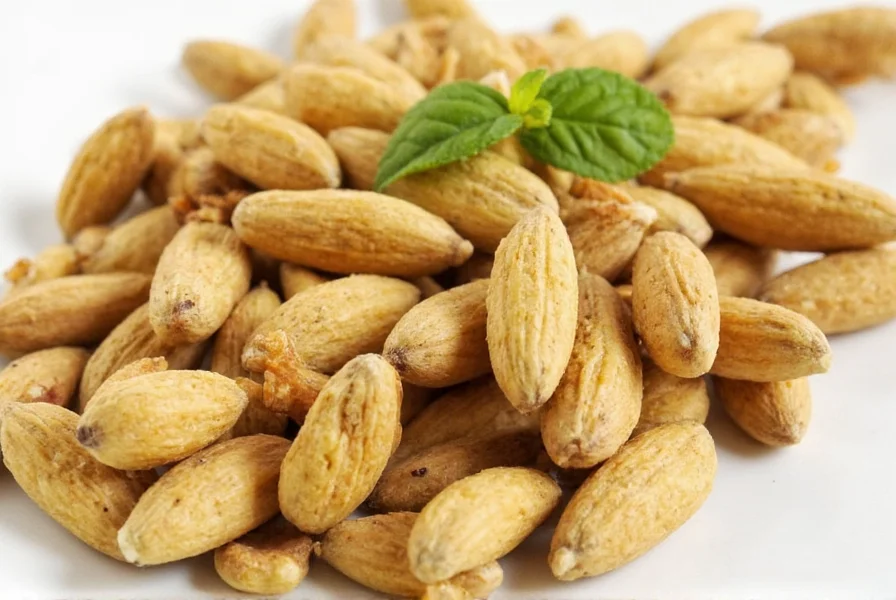
Not all cardamom is created equal. Here's how to spot the best quality and get the most value:
| Product Type | Pros | Cons | Who Should Buy | Best Use Case |
|---|---|---|---|---|
| Whole Green Pods | Maximum aroma retention | Takes time to grind | Cooks who want freshness | Biryanis, desserts, chai |
| Ground Cardamom | Convenient and ready-to-use | Loses potency faster | Busy cooks or bakers | Breads, cakes, quick sauces |
| Organic Brands | No pesticides, premium quality | Pricier than regular ones | Health-conscious buyers | All-purpose, especially for kids' meals |
| Exotic Blends | Unique flavor combinations | May not suit traditional recipes | Adventurous home chefs | Experimental cooking |
Storage Tips to Preserve Cardamom's Aroma
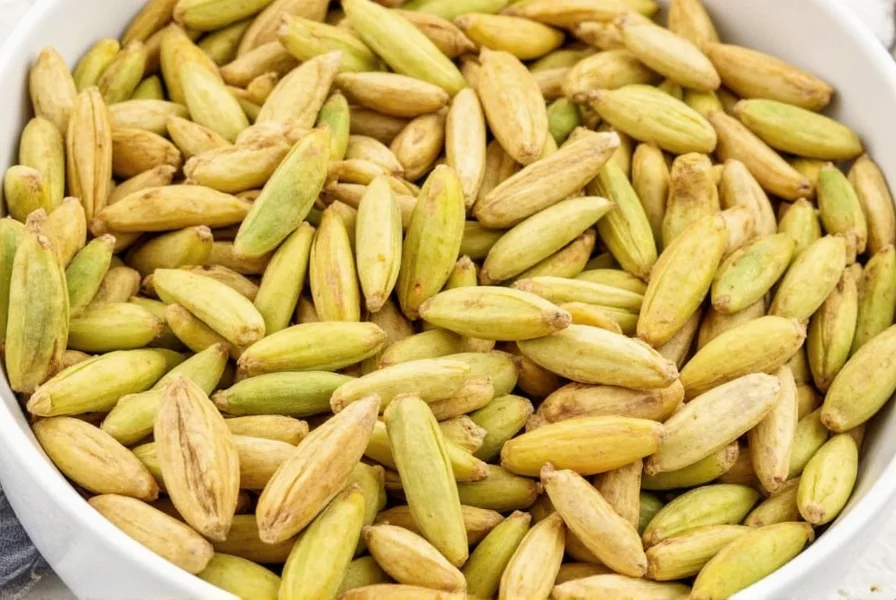
Once you've got your perfect cardamom stash, keeping it fresh matters. Here's how:
- Keep Whole: Grind only what you need to preserve flavor.
- Airtight Containers: Store in dark glass jars away from light and moisture.
- Cool & Dry Place: Heat can degrade essential oils quickly.
- Freeze It: If you buy in bulk, portion and freeze for up to 6 months.
Frequently Asked Questions About Cardamom Spice Flavor
What does cardamom taste like?
Cardamom has a complex flavor profile that combines citrus notes (particularly lemon and orange), floral undertones, and warm spice. It has a distinctive aroma that's both sweet and slightly peppery, with hints of mint and cloves. Green cardamom tends to be sweeter and more floral, while black cardamom has a smokier, earthier flavor.
How is cardamom different from other spices?
Cardamom stands out for its unique combination of citrus, floral, and warm spice notes. Unlike cinnamon which is primarily sweet and warm, or cloves which are intensely pungent, cardamom offers a more complex aromatic profile. It's often called the "Queen of Spices" because of its versatility — it works well in both sweet and savory dishes, unlike many spices that are typically used for just one or the other.
Can I substitute cardamom in recipes?
While no spice perfectly replicates cardamom's unique flavor, you can create a substitute by combining equal parts cinnamon, nutmeg, and cloves. For a closer approximation, add a pinch of ground coriander or allspice. However, for authentic flavor in traditional recipes (like chai or Scandinavian baked goods), it's best to use real cardamom as substitutes won't capture its distinctive citrus-floral notes.
How much cardamom should I use in a recipe?
Cardamom is potent, so a little goes a long way. For most recipes serving 4-6 people: • Use 3-5 whole pods (seeds only) or 1/4 to 1/2 teaspoon ground cardamom for savory dishes • Use 5-8 whole pods (seeds only) or 1/2 to 1 teaspoon ground cardamom for desserts Remember that ground cardamom is more concentrated than whole pods. When in doubt, start with less — you can always add more, but you can't remove it once added.
Is cardamom healthy?
Yes, cardamom has several potential health benefits. It's rich in antioxidants and may help with digestion, oral health, and inflammation. Some studies suggest it might help lower blood pressure and have antimicrobial properties. Like all spices, it's best consumed as part of a balanced diet rather than relied upon as a primary treatment for health conditions.
Why is cardamom so expensive compared to other spices?
Cardamom is labor-intensive to harvest — the pods must be picked by hand when they're just ripe. It also requires specific growing conditions (tropical climates with plenty of rainfall). The curing process is delicate and affects the final quality. These factors, combined with high global demand, make cardamom one of the more expensive spices (second only to saffron in price among commonly used spices).
Conclusion
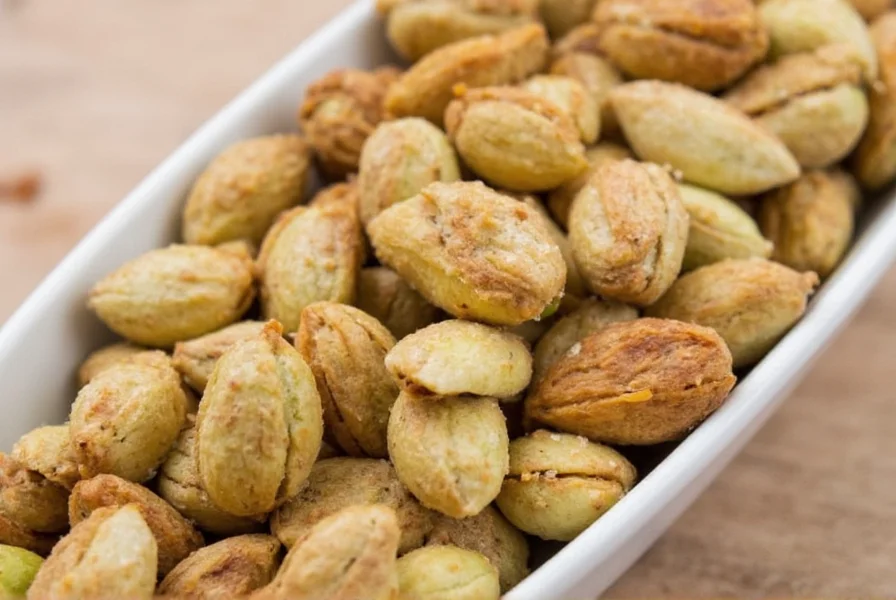
From fragrant teas to rich desserts and hearty curries, cardamom spice flavor elevates everything it touches. Whether you're just starting out or deepening your spice game, this ancient yet timeless spice deserves a place of honor in your pantry.
Now go ahead — crush a pod, take a whiff, and let your kitchen fill with the scent of cardamom magic. Your taste buds will thank you.

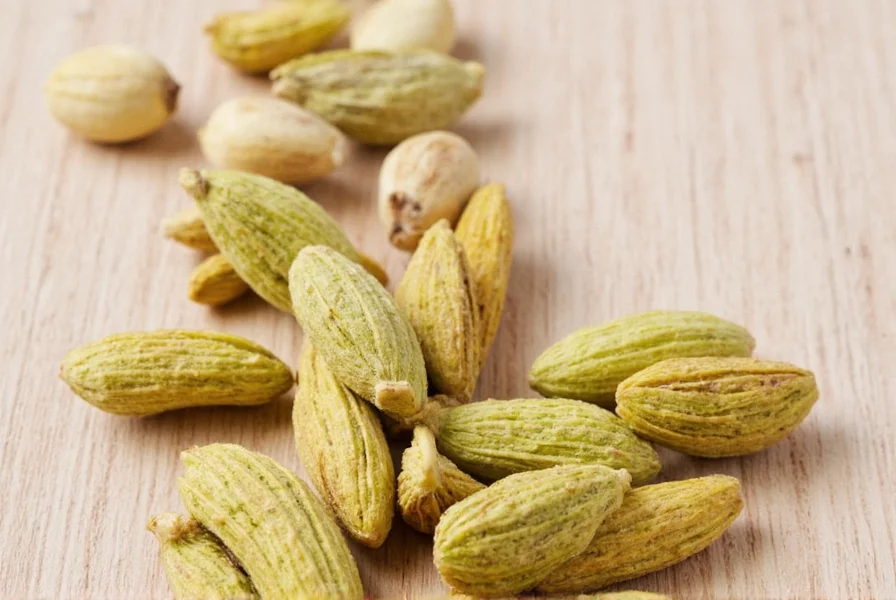









 浙公网安备
33010002000092号
浙公网安备
33010002000092号 浙B2-20120091-4
浙B2-20120091-4